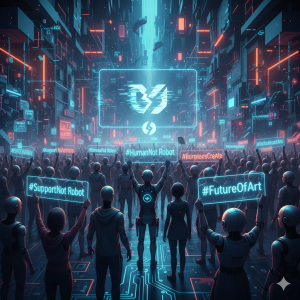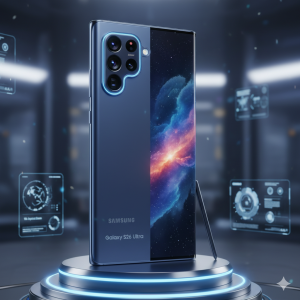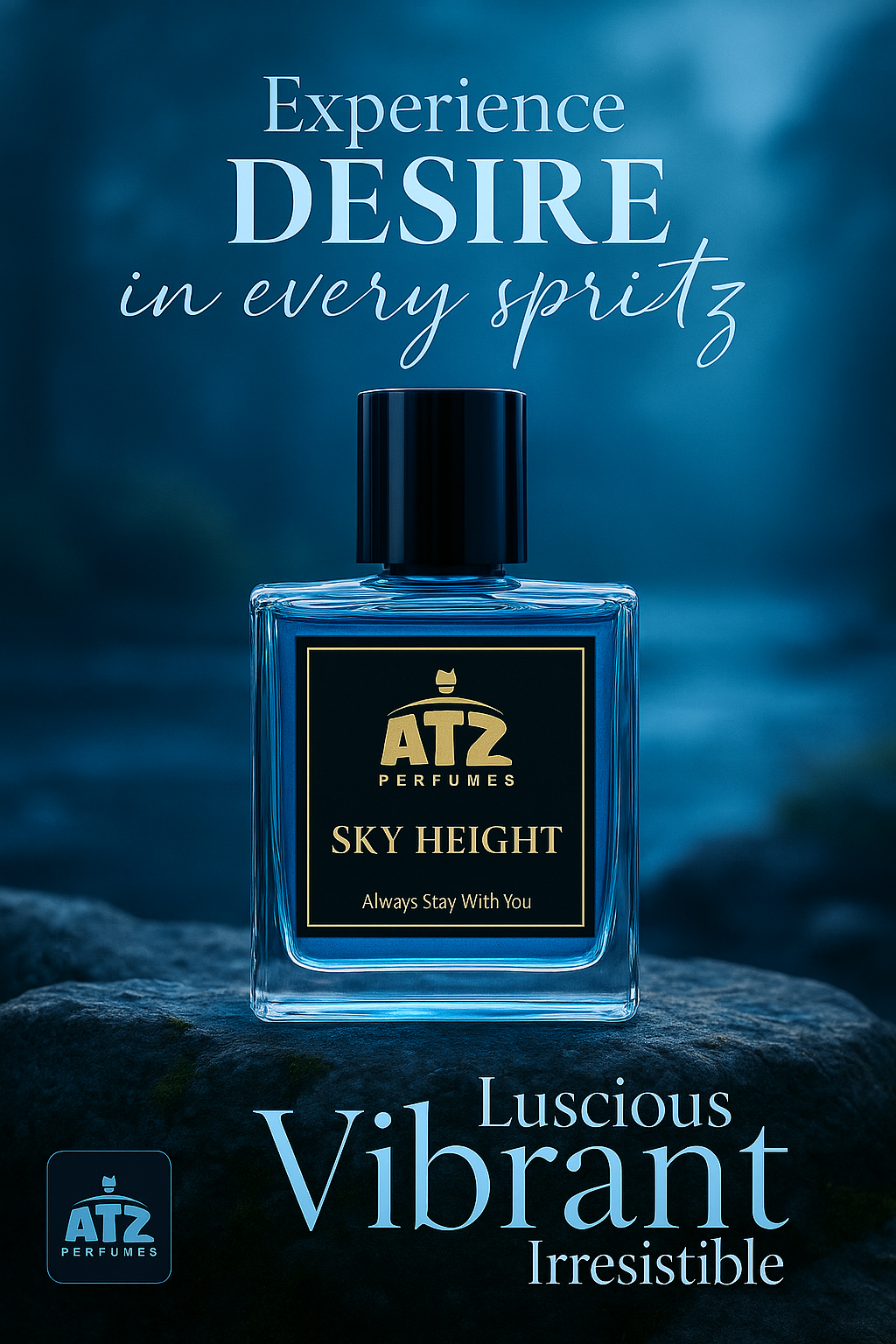YouTube’s New AI Label Mandate Sparks Creator Protests Worldwide
🎥 The world’s biggest video platform just dropped a major policy — and it’s not going down well with creators. YouTube now requires every uploader to label whether their content uses AI-generated visuals, voices, or scenes.
What sounds like a step toward transparency has instead ignited anger across the creator community. From tech reviewers to music producers, YouTubers say the rule could unfairly punish legitimate creators who use AI tools for simple edits or enhancements — not deception.
🚨 What Is the “AI Label Mandate”?
In October 2025, YouTube officially introduced a global rule: any creator who uploads a video containing synthetic or AI-generated content must disclose it using the platform’s new “AI Content” label.
The label appears directly under the video title for viewers — a clear indicator that AI was used in its creation. The rule aims to combat deepfakes, misinformation, and deceptive edits — especially in political or news content.
But while the goal is noble, the execution is where the chaos begins.
💥 Why Creators Are Furious
Almost immediately after the announcement, hashtags like #LetCreatorsCreate and #YouTubeAIBacklash began trending on X (formerly Twitter). Many prominent creators argue the rule is too vague and could punish normal editing workflows.
- Blurred Lines: What counts as AI-generated? Is color correction AI? What about automatic subtitles?
- Monetization Concerns: Creators fear labeled videos could be downranked or demonetized by advertisers wary of “AI content.”
- Creativity at Risk: Artists using AI for storytelling, background enhancement, or concept visualization feel unfairly targeted.
- Platform Power: Critics say YouTube’s automated detection systems could falsely flag videos, harming creators’ reputations.
📢 Voices from the Creator Community
Popular tech YouTuber @TechMaven wrote, “So if I use AI just to clean up my audio, I have to label my entire video as synthetic? That’s ridiculous.”
Meanwhile, filmmaker @CineCraft added, “AI is just another tool — like a camera lens or an editing plugin. Why should I warn people for using it?”
For many, this feels like déjà vu — similar to when YouTube changed its monetization policies in 2018, leading to what creators called the “Adpocalypse.”
🧩 Why YouTube Says It’s Necessary
YouTube’s response is simple: trust and transparency. The platform argues that as AI deepfakes become more realistic, viewers deserve to know whether what they’re watching is real or synthetic.
Spokesperson Laura Nguyen said in a press briefing, “We’ve seen the power of AI to create both art and misinformation. Our labeling system is about empowering users with knowledge — not punishing creators.”
The company claims the rule will help maintain viewer trust, especially before key global elections and the explosion of AI tools capable of cloning voices and faces.
🤖 How the Label Works

Creators uploading a new video now see a checkbox labeled “Includes AI-generated or altered content” inside YouTube Studio. If ticked, YouTube automatically attaches a small gray tag under the title reading “AI-Generated Content.”
For more serious categories like “synthetic humans,” “voice clones,” or “altered reality scenes,” YouTube may even require manual review or a disclaimer overlay within the video.
The policy applies to all creators globally — and failure to label could result in video takedowns or account strikes.
📉 Impact on Monetization
Ad buyers are already reacting. Reports from ad networks suggest that major brands are hesitant to place ads on AI-tagged videos due to “authenticity concerns.”
That’s where the fear lies — creators worry this rule might not just label videos; it might silently limit reach and income.
Monetized channels could see fewer brand deals and reduced CPM (cost per thousand views) if advertisers avoid AI content entirely.
🎨 Creativity vs. Compliance: The Big Debate
The heart of the protest isn’t about labeling itself — it’s about creative freedom. For millions of creators, AI is part of the production process. From enhancing lighting and removing noise to generating storyboards or 3D assets — AI tools have become essential.
Many creators argue YouTube’s policy should distinguish between AI assistance and AI deception.
As creator @EditEdge tweeted: “Using AI to stabilize footage isn’t the same as creating a fake celebrity clip. One’s innovation — the other’s misinformation.”
🧠 What Experts Think
Digital policy experts say YouTube’s move was inevitable. With deepfake scandals and political misinformation on the rise, platforms are under pressure from governments to regulate AI-generated content.
Dr. Sana Iqbal, a digital ethics researcher, explains: “Regulation is necessary — but overregulation kills creativity. The real challenge is finding balance between transparency and innovation.”
She adds that the labeling system could evolve to include tiers — for instance, “AI-assisted” vs “AI-generated.” This could make compliance fairer while still maintaining viewer trust.
🌍 Global Reaction: Creators Unite
From Los Angeles to Lahore, YouTubers have united under digital petitions demanding YouTube revisit its labeling language. Over 800,000 creators have signed an open letter requesting clearer guidelines and AI usage exemptions for editing, subtitles, and visual effects.
Independent content coalitions are also forming to create alternative video platforms prioritizing creative freedom and decentralized moderation — a concept that’s gaining traction fast in the Web3 creator space.
📈 What Happens Next?
YouTube has hinted it might revise certain terms of the policy based on creator feedback. The platform is testing machine-learning systems to auto-detect AI content more accurately — though this raises privacy concerns.
Industry analysts predict the initial chaos will settle once clearer definitions are introduced. However, the tension between AI transparency and creator independence will likely shape the next phase of online content evolution.
💬 Final Thoughts
YouTube’s AI label mandate could be remembered as the rule that redefined digital creativity — for better or worse. It aims to protect truth, but in doing so, risks curbing artistic freedom.
Creators stand at a crossroads: evolve with new ethical standards or rebel for creative independence. One thing is clear — the age of “AI vs human” storytelling has officially begun, and YouTube just lit the first spark.
💚 Verdict: YouTube’s AI label policy is necessary but flawed — until it better differentiates between creative and deceptive AI use, the debate will keep raging.








